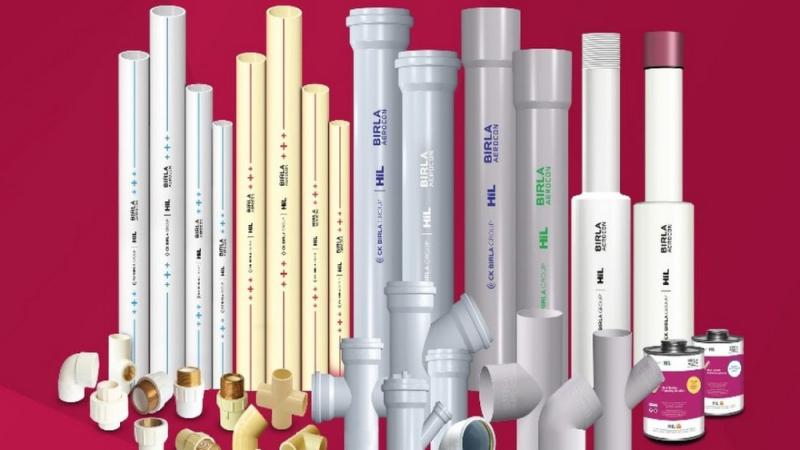How to Select the Best PVC Pipes and Fittings for Plumbing

PVC (Polyvinyl Chloride) pipes and fittings are a popular choice for plumbing applications due to their durability, corrosion resistance, and ease of installation. However, with so many different types of PVC pipes and fittings available, it can be difficult to know which ones are right for your project.
This article will provide you with some tips on how to select the best PVC pipes and fittings for your plumbing needs.
Types of PVC Pipes and Fittings
There are two main types of PVC pipes and fittings:
UPVC (Unplasticized Polyvinyl Chloride): UPVC pipes and fittings are the most common type used in plumbing applications. They are strong, durable, and resistant to chemicals.
CPVC (Chlorinated Polyvinyl Chloride): CPVC pipes and fittings are used in applications where higher temperatures are involved, such as hot water supply lines. They are also more resistant to chemicals than UPVC pipes and fittings.
Factors to Consider When Selecting PVC Pipes and Fittings
When selecting PVC pipes and fittings for your plumbing project, there are several factors to consider:
Application and Temperature Tolerance: uPVC is ideal for cold water supply, drainage, and sewage systems due to its rigidity and resistance to corrosion, UV light, and most chemicals. Conversely, cPVC is designed for hot water distribution, withstanding temperatures up to 93°C (200°F), making it suitable for both hot and cold water plumbing.
Pressure Rating and Chemical Resistance: uPVC pipes are generally used in low to medium pressure applications and offer excellent chemical resistance, though they are less effective in high-temperature scenarios. cPVC pipes, on the other hand, are built to withstand higher pressures and temperatures, making them ideal for hot water systems and the transport of hot, corrosive fluids.
Cost and Installation: uPVC is more cost-effective and easier to install due to its lightweight and rigidity, making it suitable for basic plumbing needs. cPVC is more expensive but justifies the cost with its enhanced temperature and pressure resistance. Both types of pipes are joined using solvent cement, which ensures a strong, leak-proof bond.
Compliance with Building Codes: Always verify that the chosen uPVC or cPVC pipes and fittings comply with local building codes and standards, particularly for potable water systems, temperature and pressure conditions, and chemical exposure.
Conclusion
Selecting the best PVC pipes and fittings for your plumbing project requires careful consideration of the system’s specific needs, including pressure, size, and environmental conditions. By choosing the appropriate PVC components, you can ensure a reliable and long-lasting plumbing system that meets your requirements. Whether for residential, commercial, or industrial applications, PVC pipes and fittings provide a versatile, durable, and cost-effective solution that can stand the test of time.

Comments